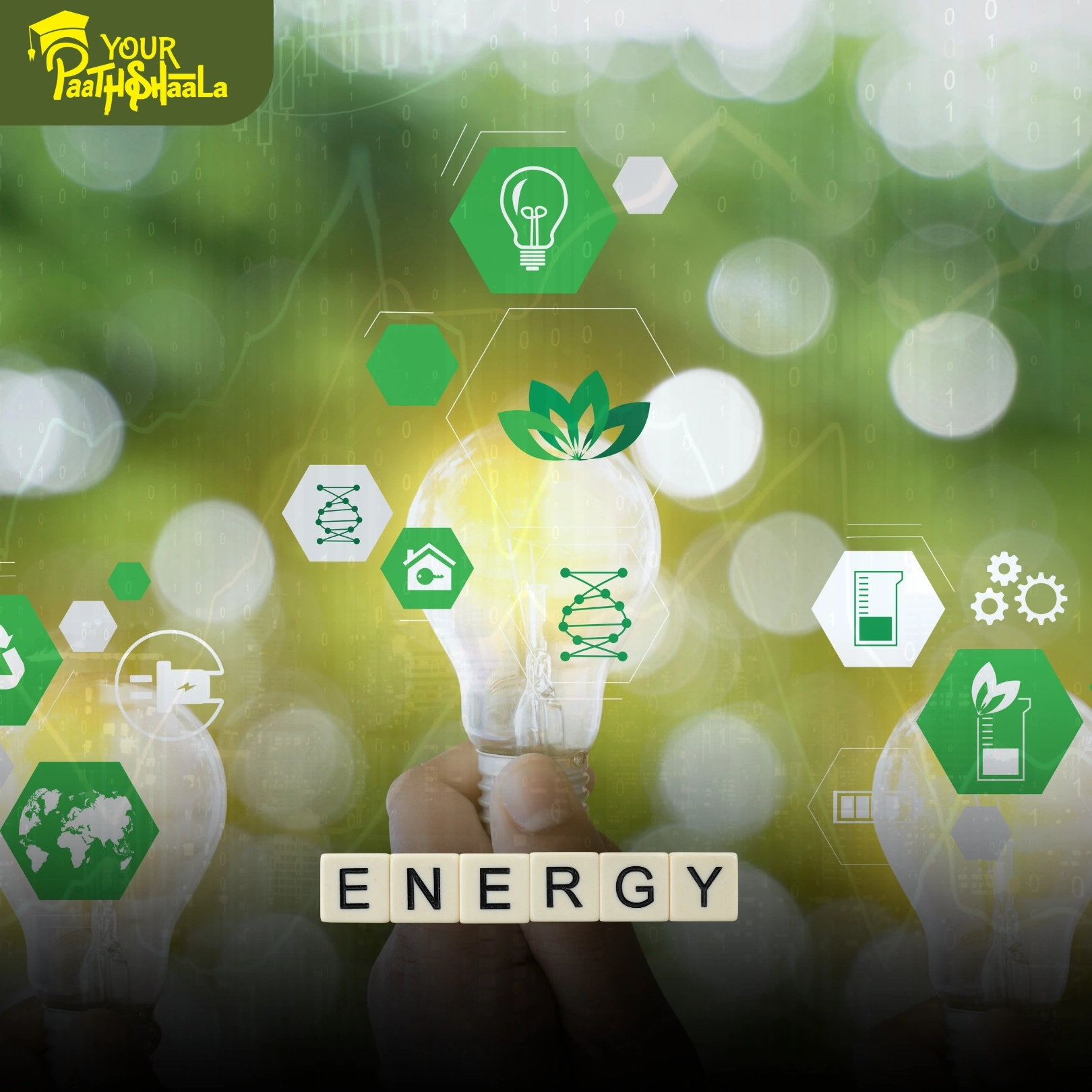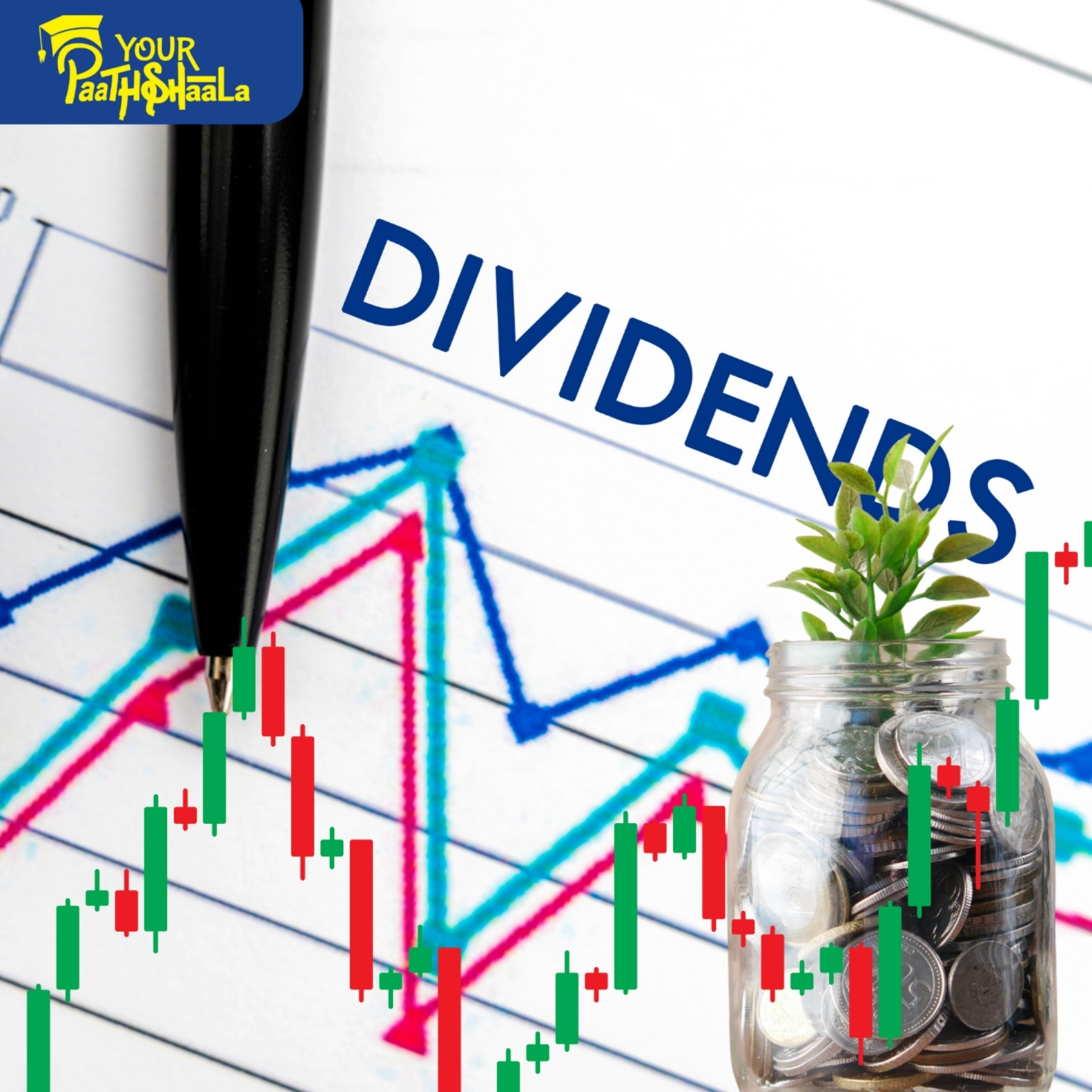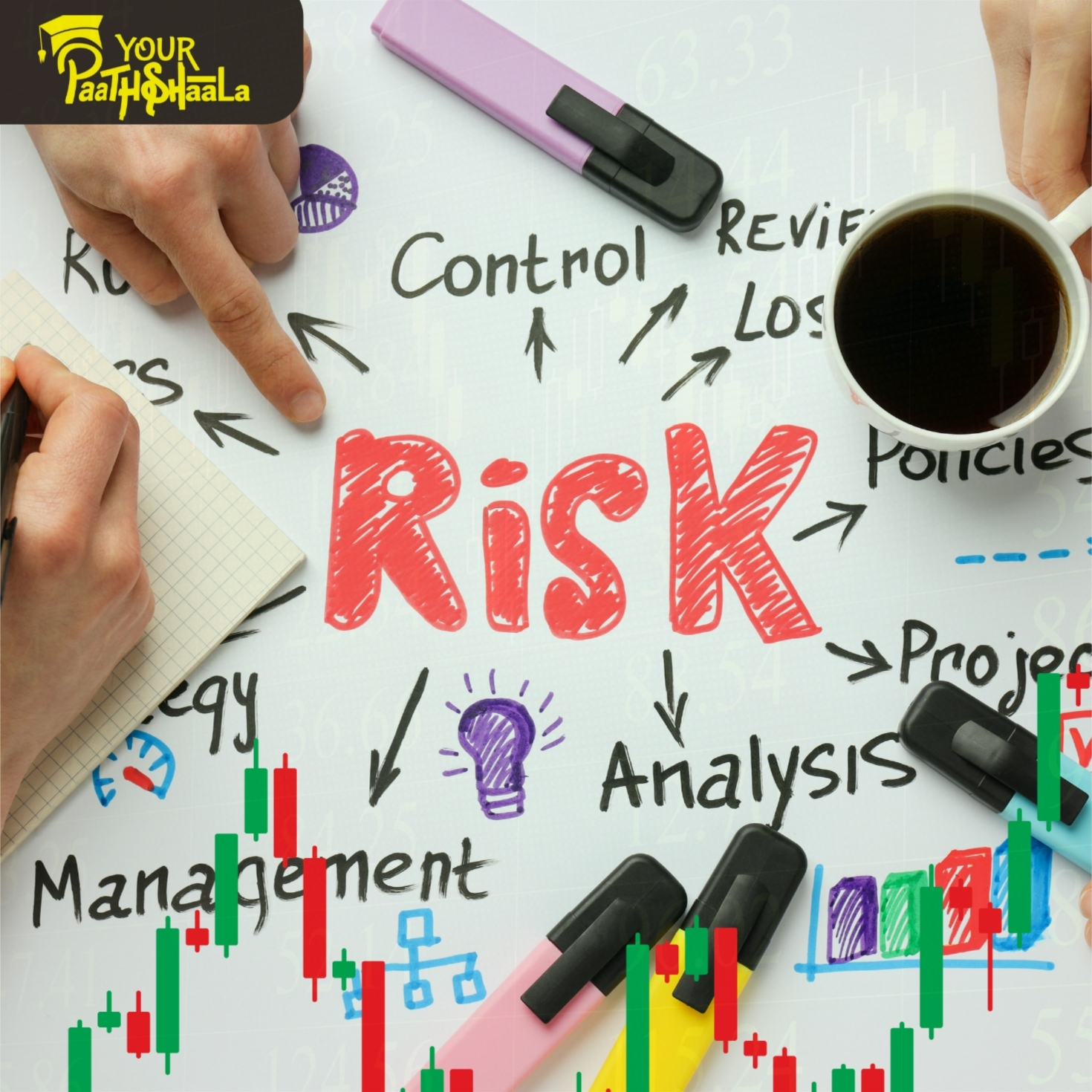Energy Transition Trading: Investing in the Future of Sustainable Finance
The global shift toward a low-carbon economy is creating unprecedented investment opportunities. As of July 19, 2025, energy transition trading—encompassing carbon credit asset trading, green bonds, clean energy ETFs, and oil transition plays—allows investors to profit while supporting sustainability. These strategies enable eco-conscious and growth-focused investors to participate in the decarbonization economy. This 2000-word guide explores these innovative opportunities, offering actionable insights for beginners and seasoned investors. Whether you’re new to trading or a seasoned pro, energy transition investments align your portfolio with the future. Let’s dive into how you can turn climate change into an investment opportunity!
What is Energy Transition Trading?
Energy transition trading involves investing in financial instruments tied to the shift from fossil fuels to sustainable energy sources. This includes trading carbon credits to support emissions reduction, investing in green bonds for climate-friendly projects, buying clean energy ETFs for renewable exposure, and backing oil companies transitioning to sustainable practices. These strategies not only offer financial returns but also contribute to global decarbonization efforts. With governments and corporations prioritizing net-zero goals, energy transition trading is a high-growth sector for 2025 and beyond.
Key Strategies in Energy Transition Trading
To capitalize on the energy transition, investors must understand its core components. Below, we explore four key strategies: carbon credit asset trading, green bonds, clean energy ETFs, and oil transition plays.
1. Carbon Credit Asset Trading: Participating in the Decarbonization Economy
Carbon credits are tradable allowances that represent a reduction or offset of one metric ton of CO2 emissions. Companies buy credits to comply with emissions caps, while investors trade them on markets like the European Union Emissions Trading System (EU ETS) or voluntary platforms like Verra. For example, purchasing carbon credits from a renewable energy project can yield profits as demand for offsets grows.
How to Trade Carbon Credits
Research regulated (e.g., EU ETS) and voluntary carbon markets for opportunities.
Use platforms like KraneShares’ Carbon ETF (KRBN) for accessible exposure.
Monitor global climate policies and corporate net-zero commitments driving demand.
Diversify across carbon credit types (e.g., renewable, forestry) to manage risk.
Carbon credit trading supports sustainability but faces risks like price volatility and regulatory changes, requiring careful market analysis.
2. Green Bonds: Fixed-Income Investments in Climate Projects
Green bonds are debt instruments issued to fund environmentally friendly projects, such as renewable energy or energy-efficient infrastructure. These bonds offer fixed-income returns while supporting sustainability. For instance, a green bond issued by a solar farm developer might yield 3-5% annually, with proceeds funding clean energy expansion.
How to Invest in Green Bonds
Identify green bonds through platforms like Bloomberg or bond ETFs like iShares Green Bond ETF (BGRN).
Evaluate issuer credit ratings and project impact for reliability.
Balance green bonds with traditional fixed-income assets for diversification.
Monitor interest rate trends, as bonds are sensitive to rate changes.
Green bonds provide stable returns but carry risks like interest rate fluctuations and issuer default, so due diligence is key.
3. Clean Energy ETFs: Exposure to Renewable Innovators
Clean energy ETFs offer diversified exposure to companies in solar, wind, hydrogen, and other renewable sectors. ETFs like Invesco Solar ETF (TAN) or First Trust NASDAQ Clean Edge Green Energy (QCLN) include firms like Enphase Energy and Vestas, capitalizing on the global renewable boom. For example, solar demand is surging as costs decline, driving ETF performance.
How to Invest in Clean Energy ETFs
Research ETFs focused on solar, wind, or broad clean energy themes.
Analyze holdings, expense ratios, and performance to select top funds.
Monitor renewable adoption trends and government subsidies for growth signals.
Use dollar-cost averaging to build positions during market dips.
Clean energy ETFs offer growth potential but face volatility from policy shifts and market cycles, requiring a long-term perspective.
4. Oil Transition Plays: Backing Sustainable Shifts in Traditional Energy
Oil transition plays involve investing in traditional energy companies shifting toward sustainable practices, such as BP or Shell, which are expanding into renewables like wind and hydrogen. These firms leverage existing infrastructure and capital to pivot, offering investors exposure to both legacy and green energy markets.
How to Invest in Oil Transition Plays
Identify oil majors with credible net-zero plans and renewable investments.
Invest directly in stocks or through ETFs like SPDR S&P Oil & Gas (XOP).
Track transition progress via corporate sustainability reports and earnings calls.
Diversify across companies to balance risks from oil price volatility.
Oil transition plays bridge traditional and green energy but face risks like slow transitions or commodity price swings, so monitor progress closely.
Risks and Challenges in Energy Transition Trading
Energy transition investments offer rewards but come with challenges:
Volatility: Carbon credits and clean energy stocks can fluctuate with policy or market shifts.
Regulatory Risks: Changes in climate policies or subsidies can impact returns.
Liquidity Issues: Some carbon markets or green bonds may have lower liquidity.
Transition Risks: Oil companies may struggle to pivot to renewables, affecting stock performance.
To mitigate risks, diversify across strategies, stay informed about policy changes, and use ETFs for broader exposure. Professional guidance can enhance decision-making.
Tools and Resources for Energy Transition Trading
To succeed in energy transition trading, leverage these tools:
Market Data: Track carbon prices and renewable trends via Bloomberg or Carbon Pulse.
ETFs and Bonds: Use platforms like Fidelity or Schwab for green ETFs and bonds.
Policy Updates: Follow climate policy news on X or through IRENA reports.
Educational Resources: YourPaathshaala offers courses on sustainable investing.
These tools, combined with disciplined research, can optimize your energy transition strategy.
Why Energy Transition Trading Matters in 2025
As of July 19, 2025, the energy transition is accelerating, driven by global net-zero commitments and renewable energy adoption. Carbon markets are expanding, with the EU ETS surpassing €100 billion in value, per recent data. Green bonds issuance hit $500 billion in 2024, while clean energy ETFs continue to outperform amid rising demand. Oil majors are investing billions in renewables, signaling a structural shift. Energy transition trading aligns financial goals with environmental impact, making it a critical strategy for modern investors.
Getting Started with Energy Transition Trading
Ready to invest in the energy transition? Follow these steps:
- Learn the Basics: Study carbon markets, green bonds, and renewable sectors.
- Choose a Platform: Select a broker offering ETFs, bonds, and carbon credit access.
- Start Small: Test investments with limited capital to understand risks.
- Diversify: Spread capital across carbon credits, ETFs, and transition plays.
- Seek Education: Enroll in courses at YourPaathshaala, located near Anjali Children Hospital, Tagore Nagar, Mathpurena, Raipur, Chhattisgarh, PIN code: 492001.
Conclusion
Energy transition trading—through carbon credits, green bonds, clean energy ETFs, and oil transition plays—offers a unique blend of financial returns and environmental impact. These strategies enable investors to participate in the decarbonization economy while navigating the shift to sustainable energy. Despite risks like volatility and regulatory changes, diversified approaches and informed decisions can lead to success. Turn climate change into an investment opportunity with YourPaathshaala’s expert guidance.
Visit YourPaathshaala
Near 🏥 Anjali Children Hospital, Tagore Nagar, Mathpurena, Raipur.
📫 PIN code: 492001, Chhattisgarh
📞 Click the Call Now to contact us!
Take your financial knowledge to the next level with YourPaathshaala—your trusted partner for investment education and market insight.







